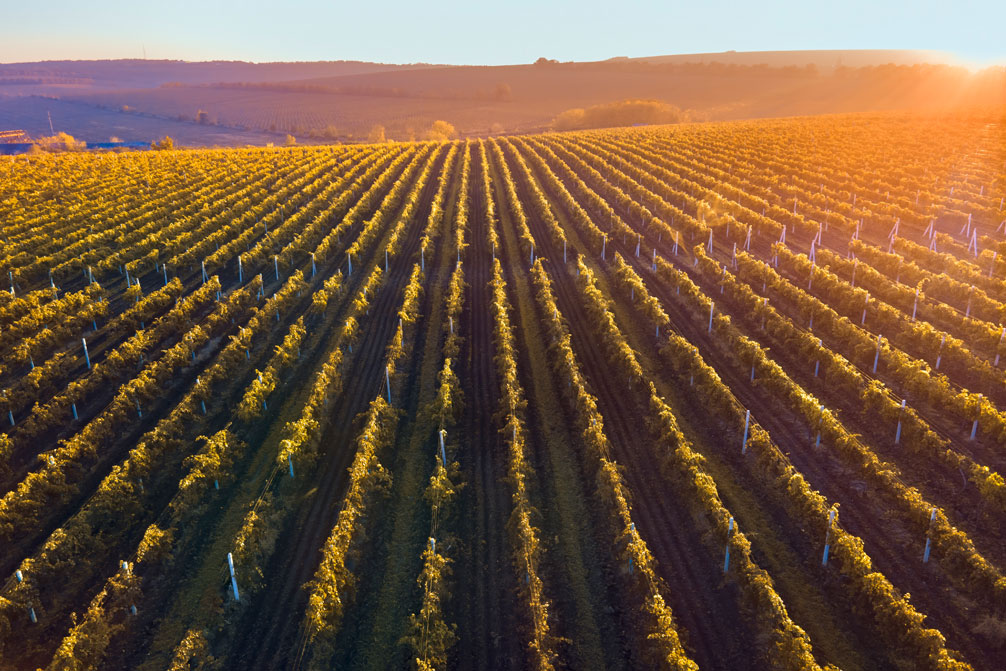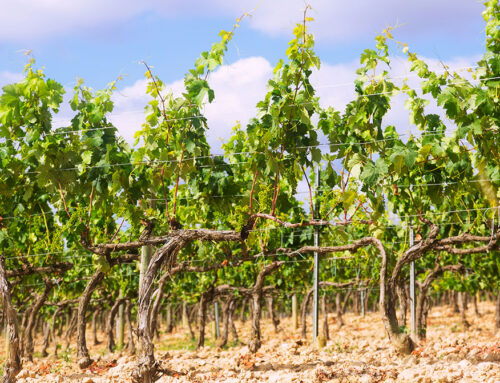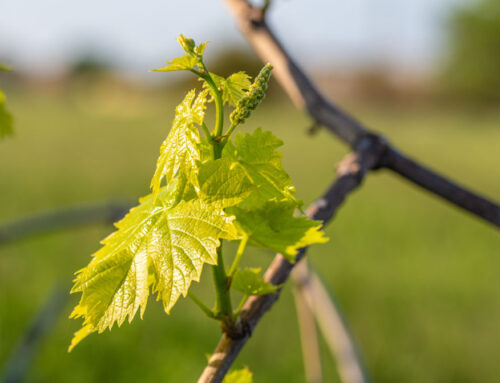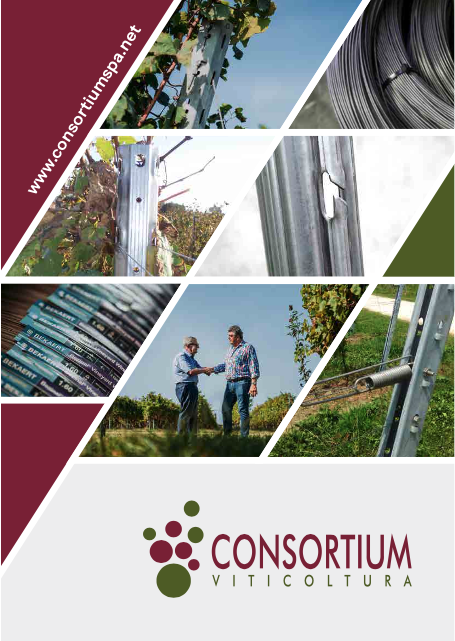Vigor can also greatly alter plant metabolism and especially respiration.
Indeed, a vigorous shoot exhibits very high respiration activity with associated intense sugar-demolition activity aimed at creating energy available to determine other important biological functions. In contrast, a shoot of medium, or rather, reduced vigor exhibits a better ratio between photosynthesis and respiration resulting in the utilization of greater amounts of sugars for the berries and perennant organs such as stem, roots, etc. (Fregoni, 1998).
The choice of rational training form aims precisely at assuming, and controlling, then, the vigor exploiting it in the best way and finalizing it to the oenological type that one intends to produce; in fact, in general, the vigor should decrease in proportion to the sugar content necessary for the chosen oenological purposes. With this in mind, a reduced vigor makes it easier to obtain grapes more concentrated in soluble solids, aromas, extracts, polyphenols and other noble substances involved in the quality sought.
Conversely, a more pronounced vigor can be advantageously exploited for the production of wines for sparkling wine bases (where more acidity and lower alcohol is required), or for fresh, fruity white wines (aromas) with less extract (polyphenols).
Plant vigor must also be modulated according to the pedo-climatic environment (terroir).
In southern environments, for example, where greater thermal and lighting availability naturally directs the berry toward a higher sugar content with associated greater oxidation of aromas and phenolic substances in general, greater vigor should be preferred precisely for the purpose of a qualitative rebalancing of the must. Indirectly, as a result of the establishment of a more intense canopy with consequent shading effect, it could avoid too prolonged exposure of the berries to the sun, with better protection of aroma precursors from oxidation, especially in aromatic cultivars.




